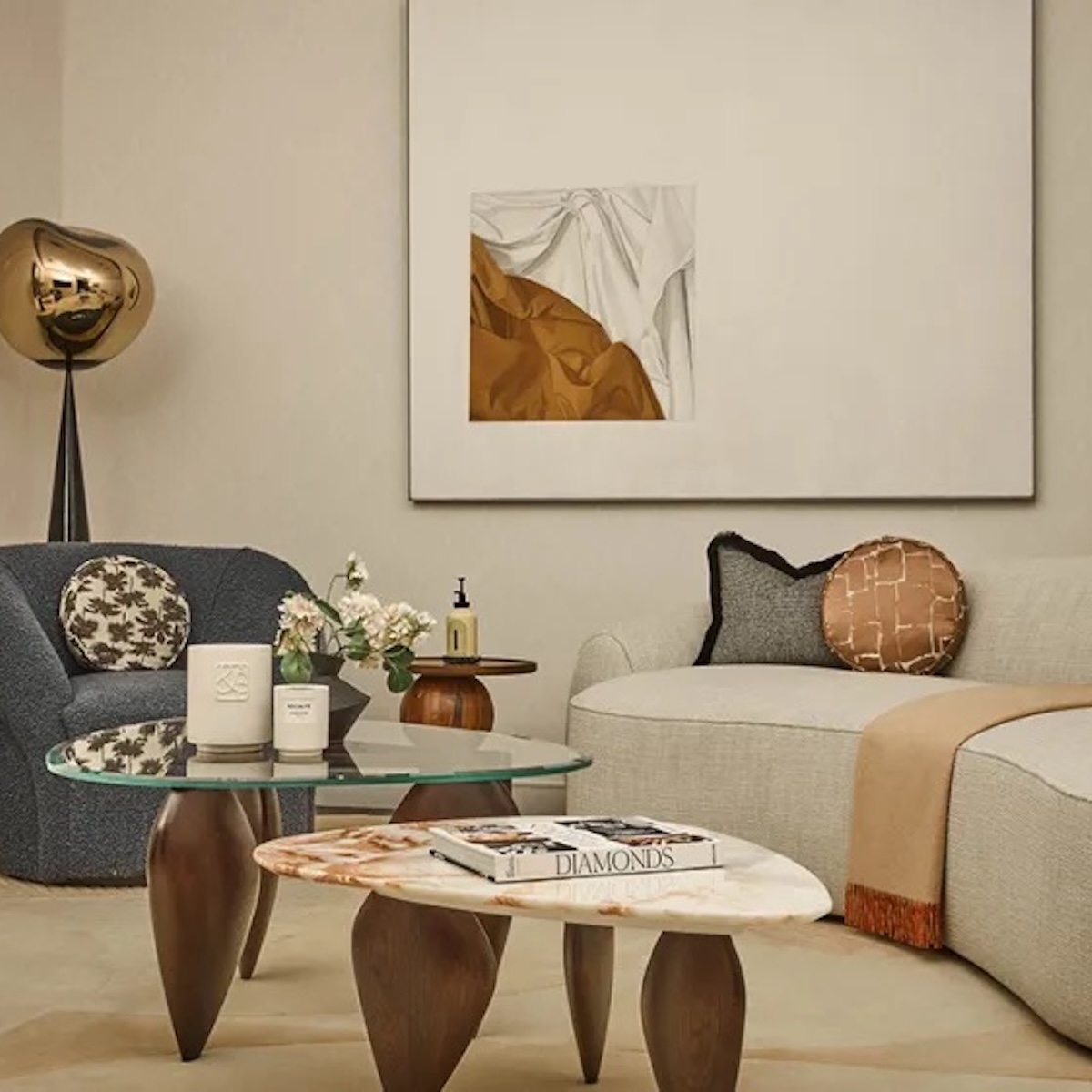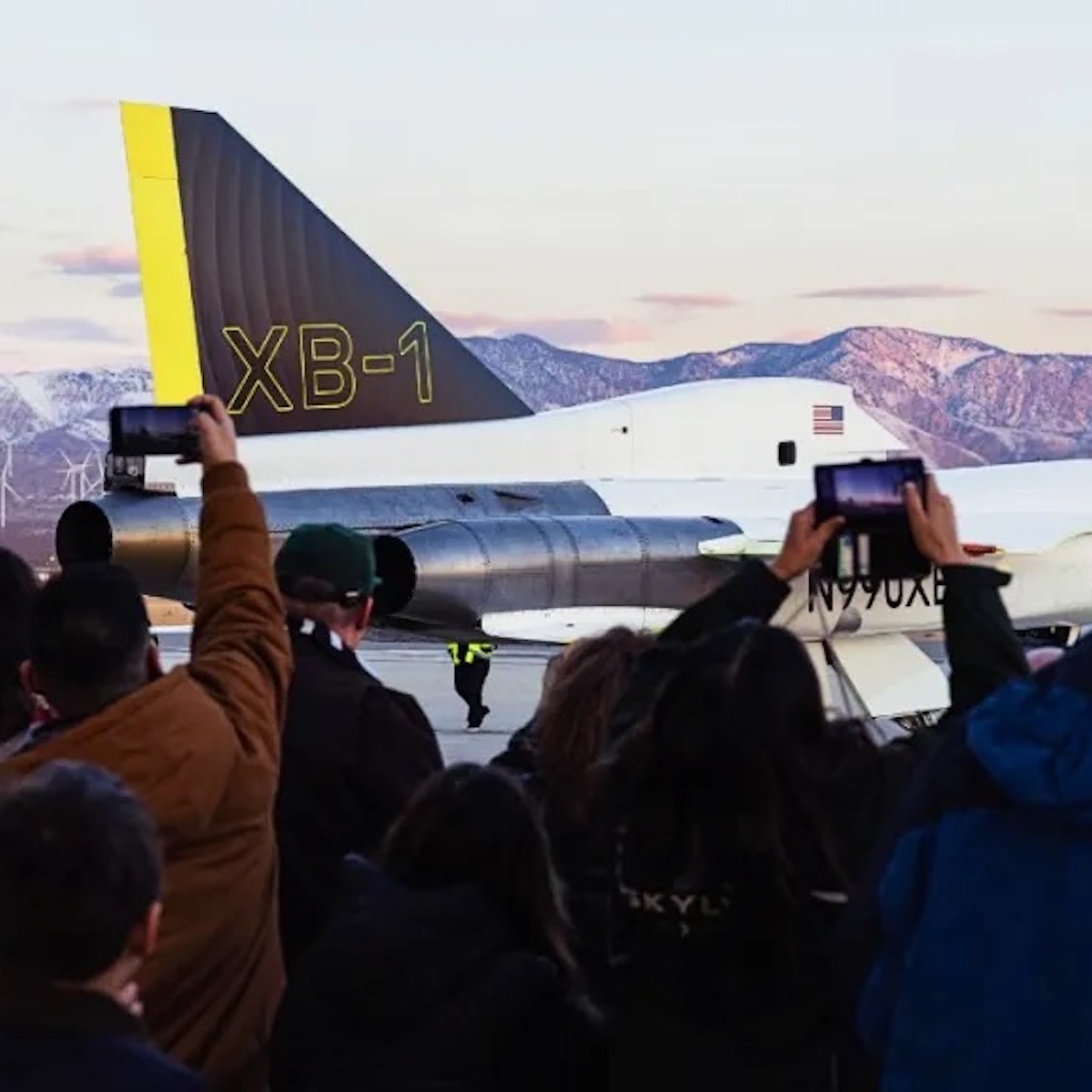It sounds counterintuitive to buy a single seat among strangers on a business jet, when privacy is the point. But a handful of firms have discovered you don’t need to charter out an entire aircraft to attract a new kind of frequent flier.
Firms like XO, BLADE, JSX and Aero are now offering single seats on private jets, each configured with fewer seats than the standard layout, and targeting clients who don’t mind sharing the jet to gain the benefits—easier access to the aircraft from private terminals, a personalized experience on board and, perhaps most relished of all, zero stress during the whole process.
XO has been one of the most aggressive firms in claiming a stake on private aviation’s busiest route between the New York metro area and South Florida. “We’ve tripled the number of shared flights between New York and South Florida,” says Lynn Fischer, chief marketing officer for XO. “We now rival Delta or United on the number of flights, while offering a super-unique service.”

I was about to find out exactly what super-unique meant. My daughter, Fiona, and I recently flew on a modified 16-seat Bombardier CRJ owned by XO, departing from the Million Air FBO near White Plains airport to another private terminal in Fort Lauderdale.
The Million Air terminal was a poster child for a luxury ski lodge, with wood-paneled walls, tall A-beamed ceilings, lush seating and a tall stone wall in back, roaring fire in the fireplace. On arrival, our luggage was taken over by the concierge, who informed us they would be sniffed by K9 dogs, and we didn’t see the bags until Fort Lauderdale. Security was a matter of matching our faces to our drivers’ licenses—no metal detectors—infinitely more pleasant than the cattle-car experience of flying commercially, even with TSA Pre-Check and a first-class lounge thrown in.
Aero, which launched in early 2019, understood that this white-glove experience is part of the allure. “We saw white space between first-class commercial and chartering your own jet,” says Aero CEO Uma Subramanian. “There was an enormous opportunity for a new kind of premium product for business aviation that came at a significantly lower cost.”
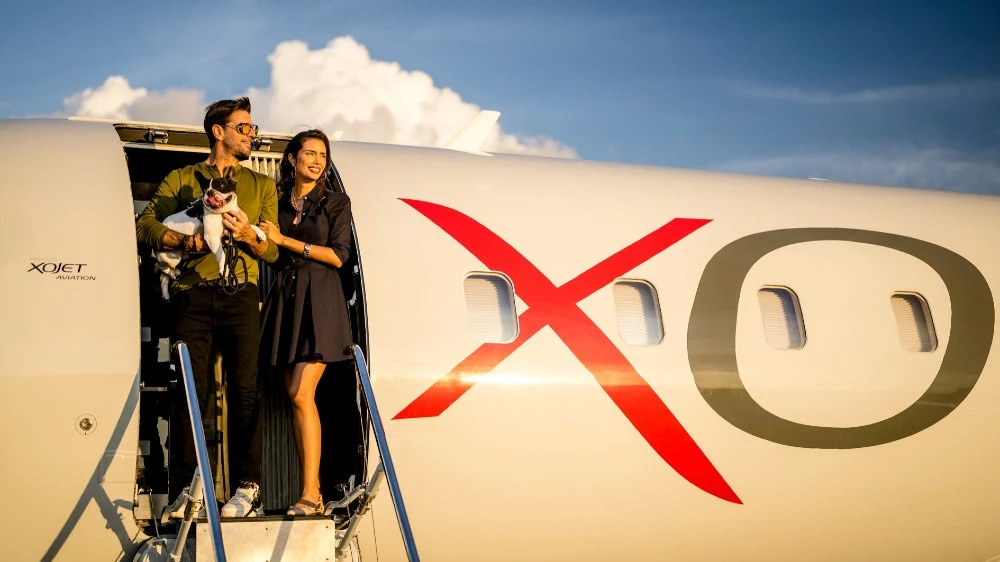
The company owns five ERJ-135s with 16-seat configurations, which fly between eight West Coast destinations, including Los Angeles, Dallas, Sun Valley, and Aspen, among others, up to four times per week. Clients, says Subramanian, tend to be filmmakers, screenwriters and LA-based artists who travel between Los Angeles and London, where Aero also has two aircraft flying between five destinations. “We came to understand these people and how they travel,” she says. “So, we tend to fly to destinations where many clients have second homes.”
Blade, which pioneered the single-seat concept in 2015 with its BLADEone, claims to trump the field in terms of luxury and personal space. The New York-based firm flies seasonally between an FBO in White Plains, where it has a lounge for passengers, to Miami and Palm Beach. A big value-added, says Blade CEO Rob Wiesenthal, is Blade’s executive helicopter fleet departing from near its lounges in Manhattan and Miami to the private airfields. These choppers can also deliver the clients to other private airfields in the greater Metro New York region.
“We provide a much higher-end experience than our competitors,” says Wiesenthal. “We have our own flight attendants, a caviar service from Pearl Street Caviar, and provide amenities like next-gen health items in our Dopp kits.”
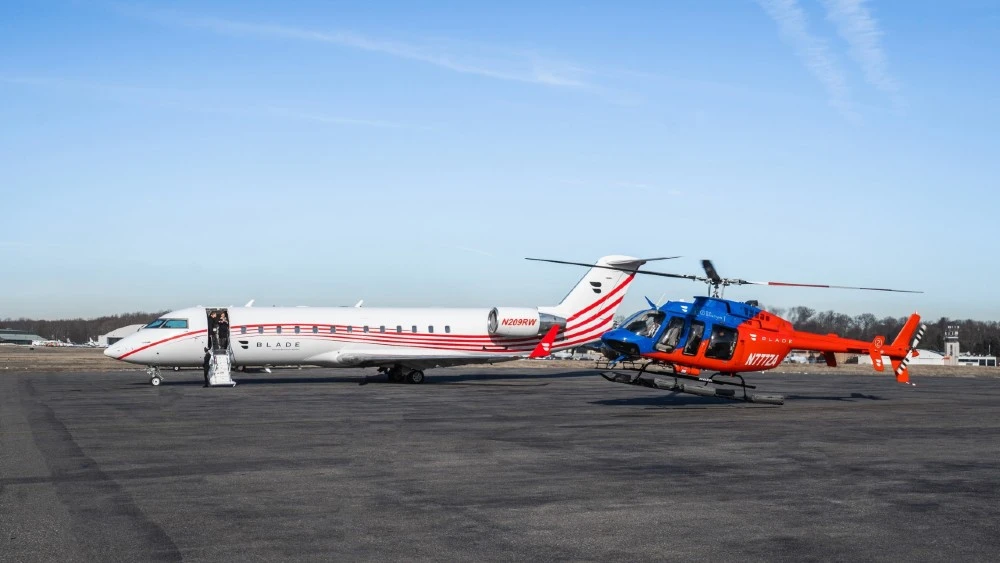
BLADEone has also transitioned to the larger Challenger 850, fitting it with only 16 seats to supersize the feeling of space, as part of a fleet that also includes CRJ 135s. Most Blade clients tend to be New Yorkers flying to and from Palm Beach and Miami.
Our XO group didn’t resemble either LA artist types or Wall Street financiers, but the second-home commute resonated. There was a 20-something couple, a 30-something woman with her dog, two men traveling alone, and an extended family of grandparents, mother and a toddler. The seating layout let us create our own bubble, but with the other guests in theirs, the aircraft didn’t feel isolated.
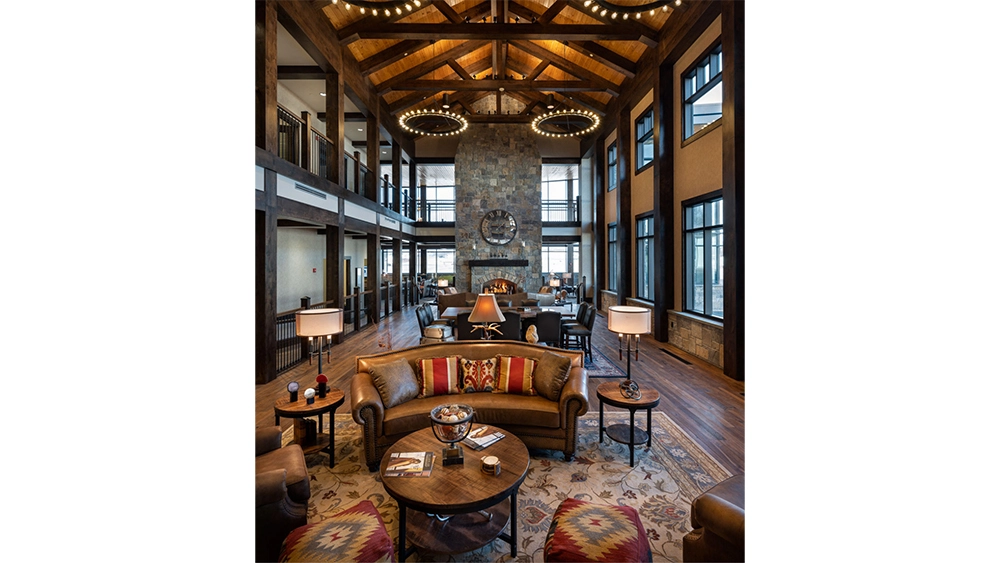
I’ve flown privately for multiple press events, and while it’s great to sip champagne at 40,000 feet, I’ve always felt a bit self-conscious being the center of attention for the flight attendant, or having to chitchat with PR people when I’d rather be daydreaming out the window.
This flight felt, well, less forced, even warm and fuzzy—helped by the toddler behind us laughing and playing with the grandparents. Fischer joined us for the flight on her commute to XO’s headquarters in Fort Lauderdale. It was a surprise, but a good one. While I was bracing for a sales pitch, Fischer let the experience speak for itself and we instead talked about how her background with tech startups helped to contribute to XO’s development in the last three years.
One of XO’s recent initiatives has been to develop a user-friendly app that goes beyond current levels of technology in business aviation. The app lets you search, book and purchase a seat without speaking to a human (which is still an option), while updating the flights with dynamic pricing. That may not sound like much, but it’s a big deal in the private charter world where it’s common to spend hours on the phone.
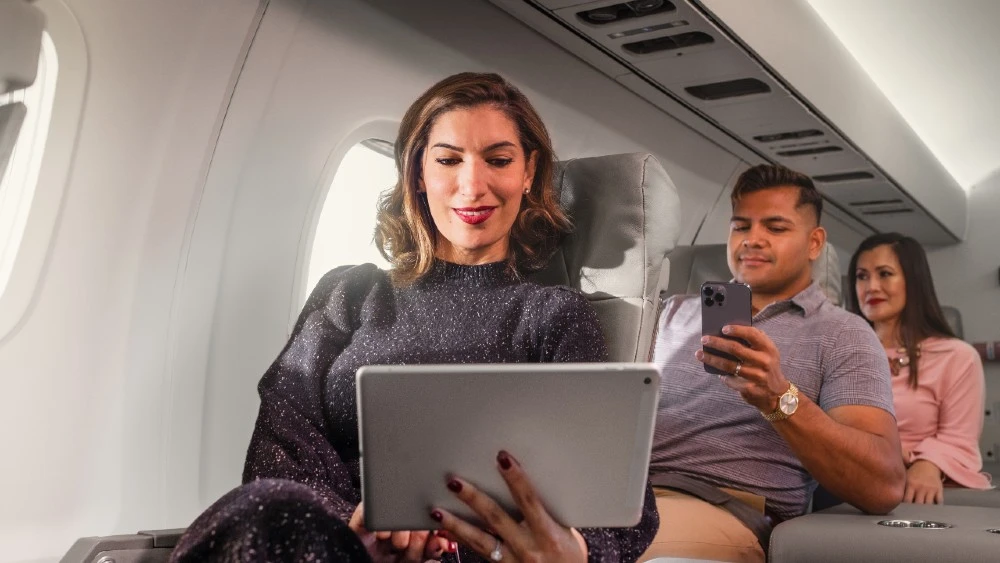
The app also let us book the meal, which by the way, was excellent. XO was acquired by Vista in 2019 and one of the big initiatives was to luxuriate the experience, including consulting with a Michelin-starred chef. That resulted in our menu of charcuterie of caramelized salmon skewers with nuts and fruits, along with roasted-spice cauliflower, and cocktails like a Cosmopolitan and Espresso Martini. It was exceptional.
Fiona, who works for a major name in healthcare consulting, also noted that travel for the dog, allowed outside of the usual carrier, was much more pleasant than being stuck under the seat or in the cargo hold. I asked her to write down her impressions, and it sounded like the marketing team had given her cliff notes. The lack of pre-boarding stress, the competitive costs of buying a seat, and excellent staff. At 26, she’s also much more aware of the luxury nuances and Instagram-ability of private air travel.
When JSX started flying its Los Angeles-Las Vegas route for US$99 (HK$775) off-peak in 2016, many of the initial customers were younger aspirational types, taking selfies in front of the jet. Now, says CEO Alex Wilcox, as its routes and pricing have increased, JSX tends to attract an older and more affluent traveler. The company saw clients from 35 to 55 years old grow 60 percent during Covid. “We have jet owners who decide to leave their aircraft in the hangar and fly with us,” says Wilcox. “The experience is close enough but the cost is so dramatically different.”

JSX’s fleet of Embraer 145s and 135s have 30 seats, flying to 19 destinations, mostly on the West coast and Southwest, but it recently added East Coast routes from Westchester County to Miami and Orlando. “We’ve added scale to this single-seat market,” says Wilcox. “Using an automotive analogy, the experience is neither a private limousine or a Greyhound bus—it’s something like a Mercedes Sprinter van. People like having that option.”
Unlike other areas in the charter market that are softening, the four firms say single-seat business remains strong. “The airline market is ripe for disruption,” says Aero’s Subramanian, noting that December traffic was a record for the company. “The commercial carriers have lost the plot on customer experience, so we have an opportunity to deliver something radically different.”
Blade’s Wiesenthal also sees the single-seat model having a big advantage over other private-jet charters. “Prices got so high—a couple spending US$35,000 (HK$274,240) to fly a midsized jet from New York to Palm Beach—that they’ve moved to things like BLADEone,” he says. “They understood the value we bring.”








